Nisshodo Candy Store
This mom-and-pop Japanese sweets shop has been serving cloud-light mochi for almost a century.
From the outside, Nisshodo Mochiya doesn’t look like much. Housed in a vaguely industrial building, its nondescript door is an unobtrusive slip of gray between a garage and a collection of electric meters. Over the door, a hand-painted sign reads “NISSHODO - MOCHI - MANJU - CHICHI DANGO” in black and muted gold block letters. Open the door, however, and you’ll be faced with a sugary rainbow: Rows of pastel candy, bulbous as animated mushrooms, nestled in a glass case.
Offerings include chichi dango, a chewy, lightly sweet dumpling made of glutinous rice flour and coconut milk, as well as mochi and manju, sweet buns made of rice and wheat flour, respectively, and filled with anything from bean paste to peanut butter (regulars rave about the latter). Nisshodo makes these sweets in a uniquely Hawaiian style, with a mochi that’s softer and less chewy than Japanese varieties.
Opened in the 1920s, Nisshodo is one of the oldest Japanese candy stores in the United States. It’s also a repository of a Japanese-Hawaiian culinary tradition that stretches back to the mid-19th century, when the first Japanese immigrants came to Hawaiʻi as indentured laborers on sugar plantations. Within a few decades, Honolulu was sporting a lively Japanese neighborhood, complete with bakeries, wine shops, hotels, and restaurants catering to Japanese immigrants and their families.
One of these immigrants was Asataro Hirao. He was already living in Honolulu when, in the 1910s, he decided to return to his home city of Hiroshima for a visit. That’s where he learned to make Japanese confections. When he returned to Honolulu, Nisshodo Mochiya was born. Hirao tweaked traditional recipes, adapting them to local Hawaiian ingredients, and his descendants continue to make sweets based on his creations to this day. The shop is so rooted in tradition, Hirao’s successors were using his original vertical mixer until just a few years ago. And the whole family continues to come together around the holidays, making mochi to fill the rush of New Year’s orders from customers who have been returning to the shop for decades.
Everyone has their favorites, but the pink-and-white chichi dango, wrapped in translucent white paper and powdery with starch, is Nisshodo’s best-selling item. “We sell out of chichi dango pretty much every day,” Mike Hirao, the shop’s third-generation owner, told Hawai’i Magazine. So if you want a bite of the cloud-light sweet, it’s best to follow one piece of advice: Come early.
Know Before You Go
For a celebratory experience, head to Nisshodo Mochiya on March 3, Girls’ Day. The Japanese holiday is widely celebrated in Hawaiʻi, where girls mark the occasion by arranging doll collections and eating a special, diamond-shaped, tri-colored mochi, called hishi mochi. Beware, however: According to Hawai'i Magazine, the sweet is so popular, and preorders so plentiful, that by Girls’ Day itself, there may not be any hishi mochi left.

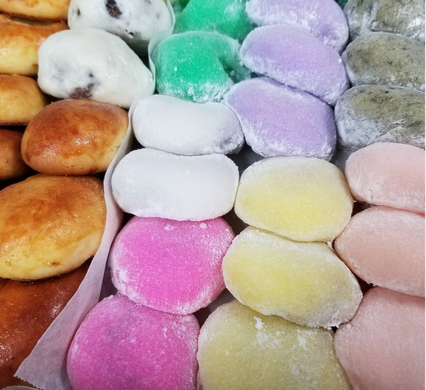

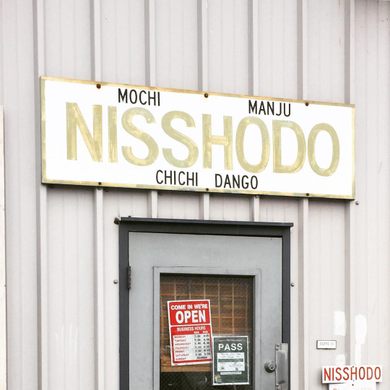
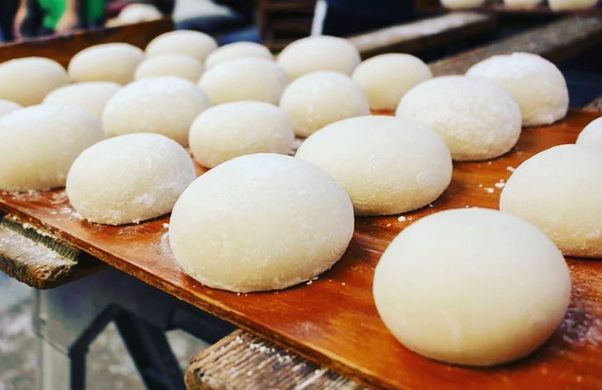
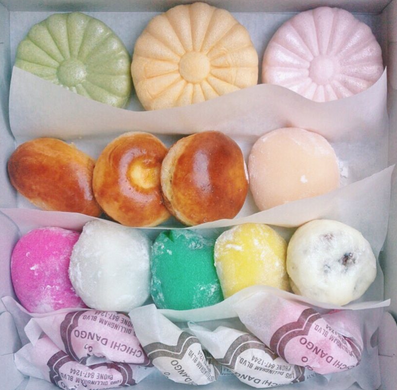
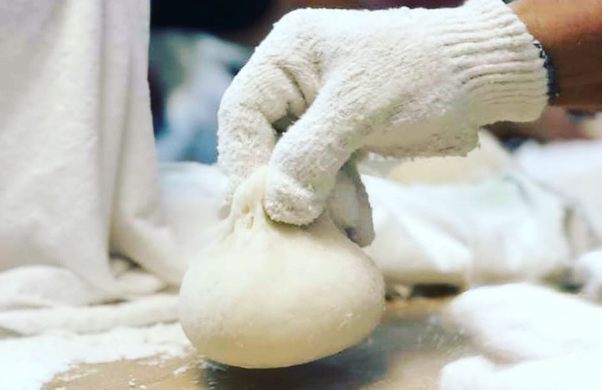
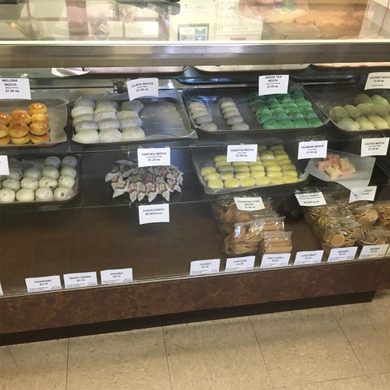
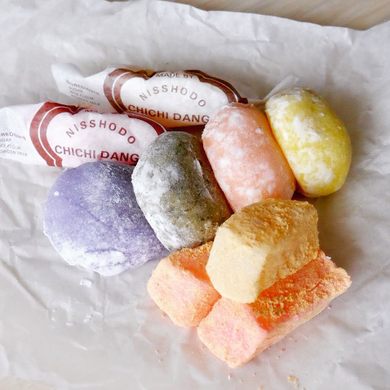

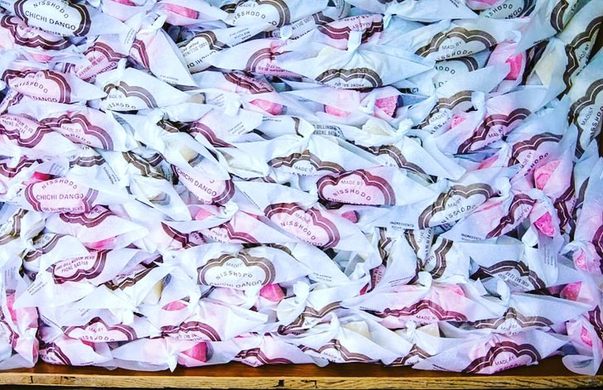






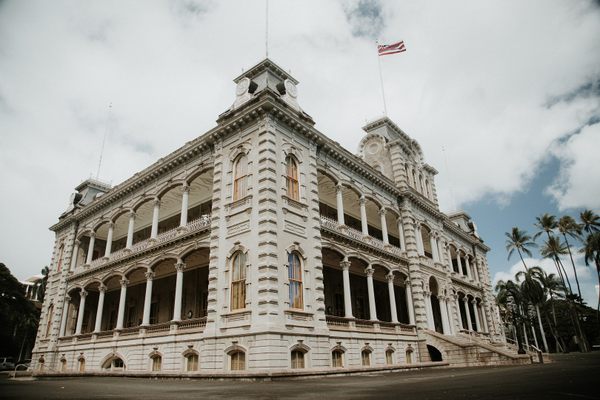
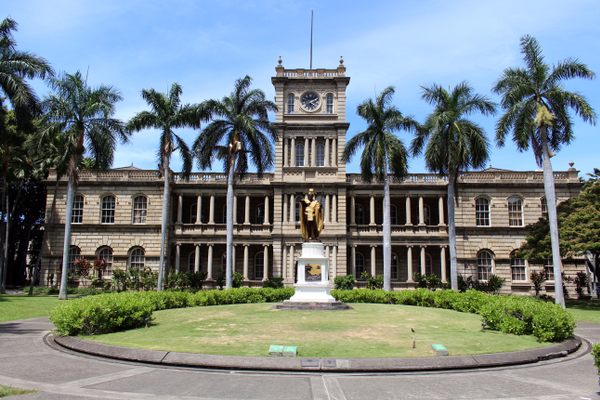






Follow us on Twitter to get the latest on the world's hidden wonders.
Like us on Facebook to get the latest on the world's hidden wonders.
Follow us on Twitter Like us on Facebook